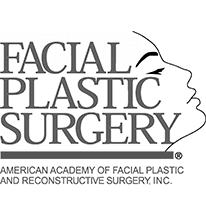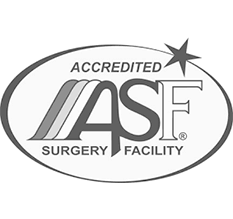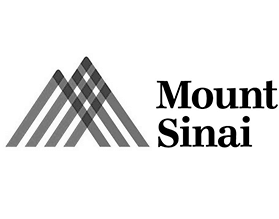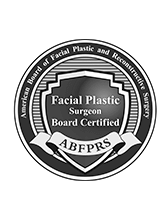How Rhinoplasty Can Improve Your Breathing
Rhinoplasty, commonly known as a “nose job,” is often associated with cosmetic enhancements to refine the nose’s appearance. However, many people are surprised to learn that rhinoplasty can also have significant functional benefits, particularly in improving breathing. This surgical procedure is not just about aesthetics; it can address underlying structural issues that impact your ability to breathe comfortably. Let’s dive into how rhinoplasty can enhance both form and function, ultimately improving your quality of life.
Understanding Functional Rhinoplasty
While cosmetic rhinoplasty focuses on reshaping the nose to achieve a desired look, functional rhinoplasty is performed to correct breathing difficulties. The nose plays a crucial role in your respiratory system, filtering, warming, and humidifying the air you breathe. If the nasal passages are obstructed, it can lead to chronic issues like difficulty breathing, snoring, nasal congestion, or even sleep apnea. Functional rhinoplasty addresses these problems by making structural adjustments to the nasal framework.
Common Causes of Nasal Obstruction
Several structural issues can obstruct airflow through the nose:
- Deviated Septum: The nasal septum is the wall of cartilage that divides your nose into two nostrils. When it is off-center or crooked, it can block airflow on one or both sides. A deviated septum is one of the most common reasons people seek functional rhinoplasty.
- Enlarged Turbinates: Turbinates are structures within the nasal passages that help filter and humidify the air you breathe. When they become swollen due to allergies or other conditions, they can impede airflow.
- Collapsed Nasal Valve: The nasal valve is the narrowest part of the nasal airway, and if it collapses, it can significantly restrict airflow. This condition often requires a specialized surgical approach to reinforce the nasal structure.
- Nasal Polyps or Scar Tissue: Growths or scar tissue inside the nasal passages can also obstruct airflow, making it difficult to breathe properly.
How Rhinoplasty Improves Breathing
Functional rhinoplasty involves reshaping or repositioning nasal structures to enhance airflow. Here’s how it works:
- Straightening a Deviated Septum: Known as septoplasty, this procedure corrects a crooked septum by repositioning it to the center. By straightening the septum, patients can experience significant relief from nasal blockage, enabling easier breathing.
- Reducing Enlarged Turbinates: Surgeons can reduce the size of enlarged turbinates to open up the nasal passages. This is typically done using minimally invasive techniques to preserve the function of the turbinates while improving airflow.
- Reinforcing the Nasal Valve: In cases of nasal valve collapse, surgeons may use cartilage grafts to strengthen and widen the valve area. This structural support helps prevent the nasal passages from collapsing during inhalation.
- Removing Obstructions: If nasal polyps or scar tissue are causing blockages, a functional rhinoplasty can clear these obstructions to improve breathing.
The Benefits Go Beyond Breathing
Improving nasal function through rhinoplasty can have a positive impact on your overall well-being. Patients often report:
- Better Sleep: Enhanced airflow can reduce snoring and alleviate sleep apnea, leading to more restful sleep.
- Increased Energy Levels: When breathing is easier, the body gets more oxygen, which can improve energy levels and mental clarity.
- Enhanced Athletic Performance: For athletes, better breathing means better endurance and performance during physical activities.
Combining Function with Aesthetics
One of the advantages of rhinoplasty is that it can simultaneously address both functional and cosmetic concerns. Patients who are unhappy with the shape of their nose but also experience breathing difficulties can achieve both aesthetic enhancement and improved functionality in one procedure. This combined approach can save time, reduce costs, and minimize recovery time compared to undergoing separate surgeries.
Is Functional Rhinoplasty Right for You?
If you experience chronic nasal congestion, difficulty breathing through your nose, or frequent snoring, a consultation with a board-certified facial plastic surgeon can help determine if functional rhinoplasty is right for you. The procedure can transform not only how you look but also how you feel, leading to a noticeable improvement in your quality of life.
Conclusion
Rhinoplasty is more than just a cosmetic procedure. For many patients, it is a life-changing surgery that improves breathing and enhances daily comfort. By addressing structural issues like a deviated septum, enlarged turbinates, or nasal valve collapse, rhinoplasty can help you breathe easier, sleep better, and enjoy a more active lifestyle.
If you’re considering rhinoplasty for functional reasons, consult with an experienced surgeon who can guide you through the process and ensure that both your aesthetic and functional needs are met.













